
When war broke out in
1914, Marie Curie had just established the Radium Institute in Paris.
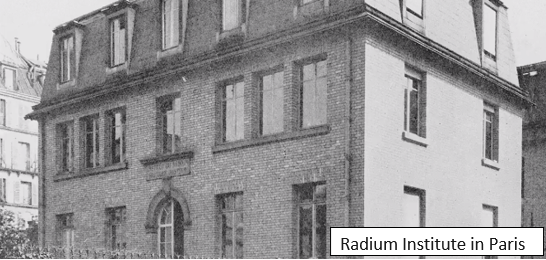
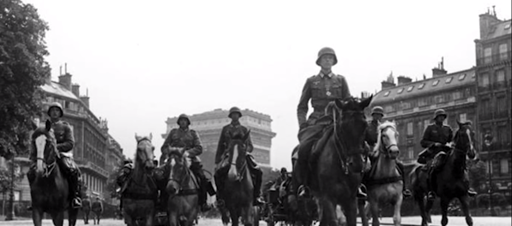
With German armies encroaching on the French capital, Curie gathered her entire supply of radium, stashed it in a remote bank vault , and
set off to put her science skills to a daring new test.

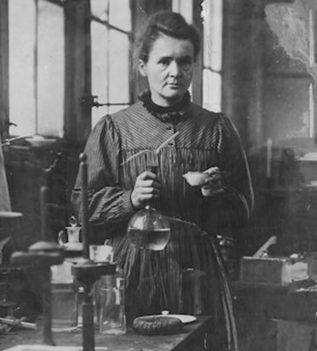
Curie was a Nobel-winning scientist, not a soldier, but she
knew there was one way her work could make a difference to the war effort.

Early x-ray machines were enormous and found only in the most advanced hospitals of the day—not exactly convenient to the front lines. So,
Curie designed a portable one; a device which would forever revolutionize
medicine on and off the battlefield.


Curie’s first mobile radiology lab must have seemed like
something hatched by a mad scientist. Combining an X-ray machine, a darkroom
for developing images, and a dynamo to power the process.

For the first time, military doctors could detect the most
minute pieces bullets and shrapnel lodged in wounds, without having to
transport casualties.
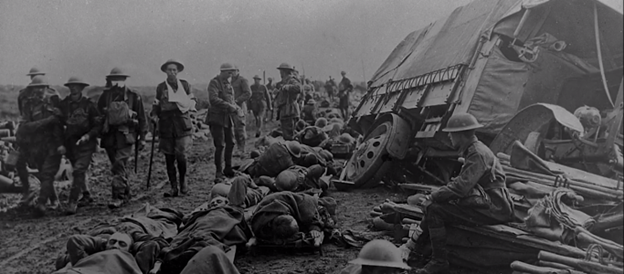
Soldiers at the front dubbed the portable X-ray labs “petites
Curies” (“little Curies”), and Curie enlisted her teenage daughter, Irène, as
her assistant .
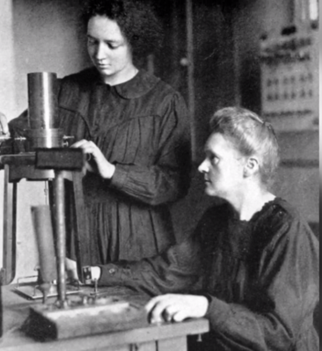
Curie not only taught herself basic automotive maintenance,
but also how to drive. She soon had a fleet of 20 petites Curies servicing the
front lines.

As the cars were useless without trained technicians, Curie
personally trained at least 150 women in the fundamentals of radiology,
anatomy, car repair, and photo processing.


After the Western Front stabilized, Curie established some
200 radiological labs in battlefield hospitals.

Thanks to her determination, an
estimated one million Allied soldiers would receive X-rays during the war,
saving untold lives in the process.


In the years after the war, the portable X-ray unit underwent
significant advances, and it remains a fixture of battlefield hospitals to this
day.



















